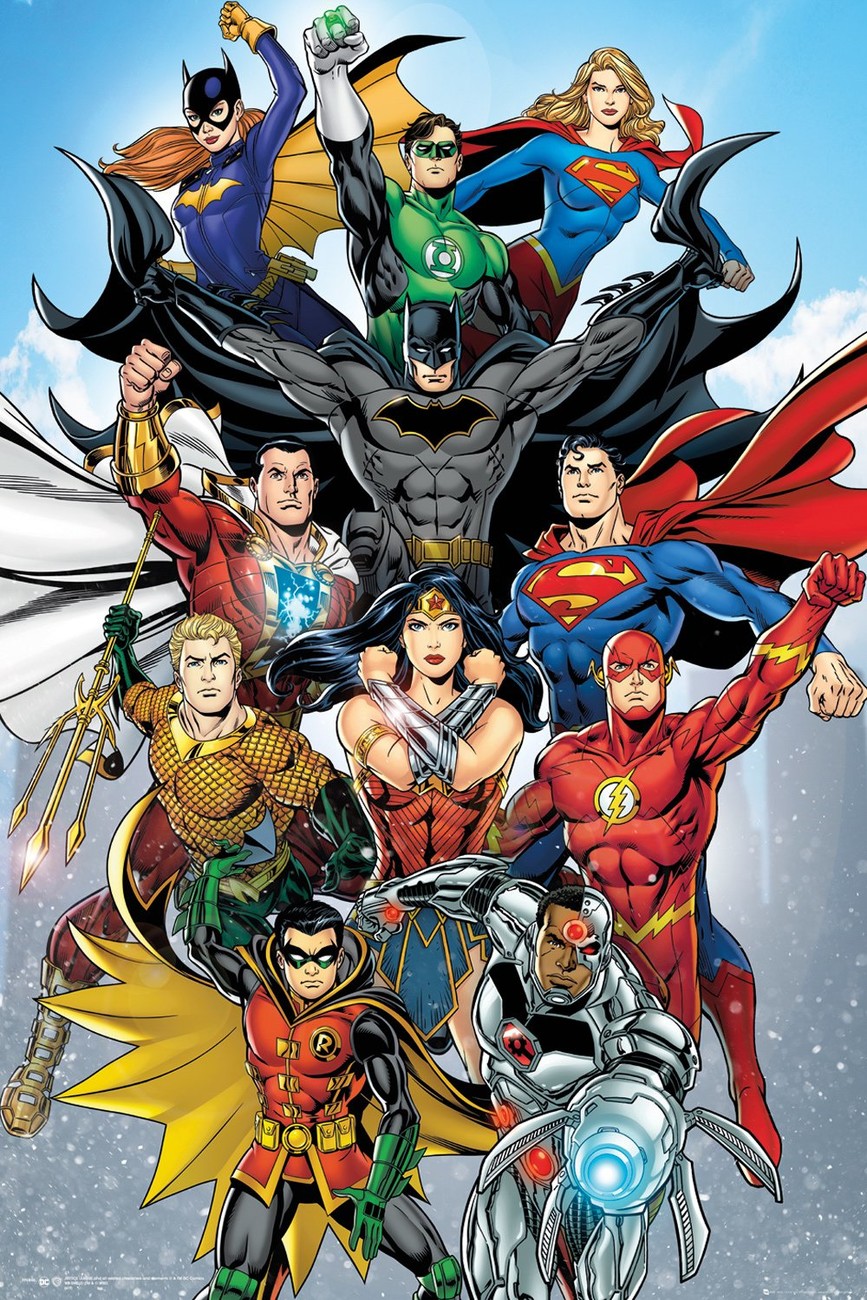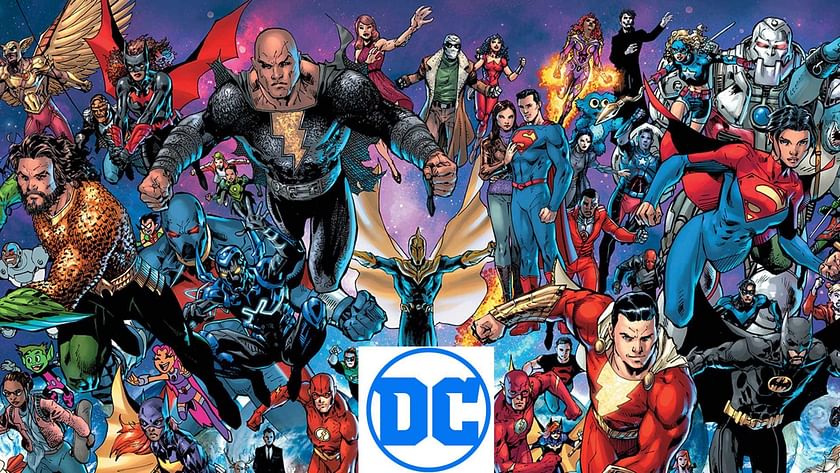DC Plane Crash Blackhawk Pilot - Life in the Air
Imagine for a moment, if you will, what it truly means to be a Blackhawk pilot. It’s a calling, a very demanding one, that places individuals at the controls of an incredibly complex flying machine. These skilled people take on a responsibility that few others ever experience, moving through the skies with a purpose that often involves helping others or protecting those on the ground. There's a certain weight that comes with such a role, you know, a constant awareness of the incredible forces at play and the delicate balance required to keep everything running smoothly. It’s not just about flying; it's about managing an intricate dance of systems, all working together, sometimes in pretty tough situations, which is almost always the case.
Their daily tasks involve a deep familiarity with every part of their aircraft, from the powerful engines that lift them into the sky to the very small, yet rather important, electrical currents that keep the instruments glowing. Think about it: every switch flicked, every dial watched, every sound listened to, all contribute to a picture of how the helicopter is performing. It’s a continuous conversation between the pilot and the machine, where a sharp eye and a steady hand are absolutely necessary. The precision needed for their work is quite something, especially when you consider the speeds and heights they operate at, which, in some respects, demands a kind of sixth sense for what the aircraft is doing.
The stakes are always, always high. The work these pilots do often takes them into challenging environments, whether it’s a rescue mission in a storm or a critical transport operation. Because of this, their training is incredibly thorough, preparing them for nearly anything the sky might throw their way. It’s a job where being prepared for the unexpected isn't just a good idea; it's literally a requirement for staying safe and accomplishing the mission. And, you know, that really speaks to the kind of dedication and courage these individuals possess, which is pretty admirable, I mean, truly admirable.
- Ozempic Libido
- Holly Madison Gets Married
- Hijos Angelina Jolie 2024
- What Is The Dog From The Proposal
- Cobra Kai Actors That Died
Table of Contents
- What Powers a Blackhawk? Understanding DC Systems
- How Do DC Systems Keep a Blackhawk Pilot Safe?
- The Pilot's Eye - Protecting Vision in the Cockpit
- Is the Blackhawk Pilot's Body Ready for Anything?
- What About the Pilot's Tools and Data?
- High Power, High Efficiency - A Pilot's Essential
- When Systems Face Challenges - The Pilot's Response
- The Human Element - Beyond the Machine
What Powers a Blackhawk? Understanding DC Systems
When we think about a helicopter like the Blackhawk, it’s easy to focus on the big parts, like the spinning blades or the strong engines. But a huge part of what makes these aircraft work, what truly brings them to life, comes down to their electrical systems, especially those that rely on direct current, or DC. You see, direct current is that steady flow of electricity, the kind you find in batteries, and it’s actually a very reliable power source for all sorts of critical components inside the cockpit and throughout the aircraft. It’s what keeps the lights on, the radios humming, and the instruments displaying their vital information, basically, everything a pilot needs to see and hear.
Just like the dry cells or storage batteries we use every day, a Blackhawk has its own powerful versions of these. They provide that constant, unwavering supply of electricity, which is pretty important for systems that just can’t afford any interruptions. So, when a Blackhawk pilot is up there, relying on their screens to show flight data or their communication gear to talk to the ground, they’re really depending on this steady stream of DC power. It’s a fundamental piece of the puzzle, and frankly, without it, the whole operation would come to a standstill, which, you know, is a pretty serious thought.
These aircraft are filled with a complex web of wires and circuits, all designed to deliver power exactly where it needs to go. From the smallest indicator light to some of the larger flight controls, many parts of the helicopter depend on direct current to function properly. It’s about ensuring that every piece of equipment gets the right amount of juice, all the time, without any hiccups. This steady delivery of power is truly a cornerstone of the Blackhawk’s operational ability, and it’s something the pilots absolutely count on, as a matter of fact, it’s what keeps them flying, more or less.
- Suki Pregnant
- Micah Parsons Kids
- Lola Kelly Ripa Daughter
- Who Was Saved In The Voice
- Camila Cabello Brunette
How Do DC Systems Keep a Blackhawk Pilot Safe?
It’s a fair question, isn’t it? How does something as seemingly simple as direct current contribute to the safety of a Blackhawk pilot? Well, it’s about reliability and predictability. When you have a system where the voltage or current direction always stays the same, it tends to be more stable for certain types of electronics. This stability is absolutely critical in an aircraft where even a tiny flicker or surge could mean big problems. Imagine trying to read a crucial display if the power wasn’t steady; it would be pretty distracting, to say the least, and potentially quite dangerous, you know?
Beyond just powering the displays, DC systems are often at the heart of backup power sources. In any aircraft, having a dependable backup is a must. If the main power generator, for whatever reason, were to stop working, those robust DC batteries are there to kick in immediately, keeping essential systems alive. This provides a pilot with precious time to assess a situation and make decisions, which is truly invaluable when things get a bit hairy up there. It’s like having a safety net that’s always ready to catch you, and that, frankly, brings a lot of peace of mind, or at least as much as you can have in such a job.
Also, the way these DC systems are put together, with things like power converters that allow for high efficiency, means that less energy is wasted as heat. This helps keep the aircraft’s electrical components from overheating, which is a big deal for preventing failures. So, in a way, the careful design of these direct current setups means that the pilot can trust that their critical equipment will keep working, even under demanding conditions. It's all about making sure that the flow of energy is just right, and that it stays that way, which, you know, is a pretty smart way to build things.
The Pilot'
- Cynthia Erivo Alopecis
- Holly Madison Gets Married
- Clara Spera Ginsburg
- Lola Kelly Ripa Daughter
- Four Ingredients For Natural Mounjaro


